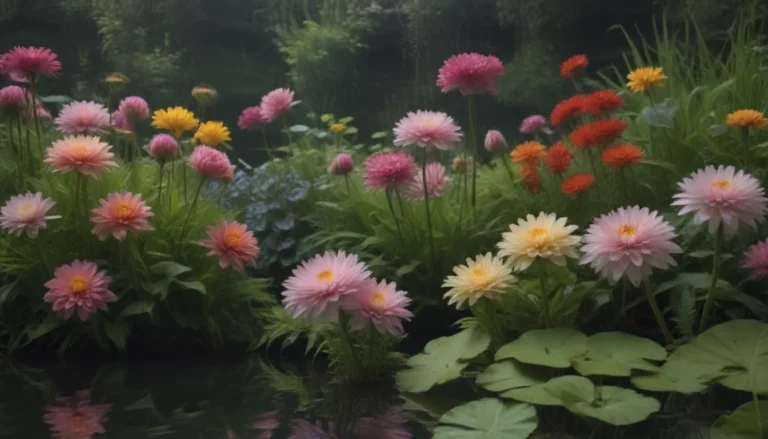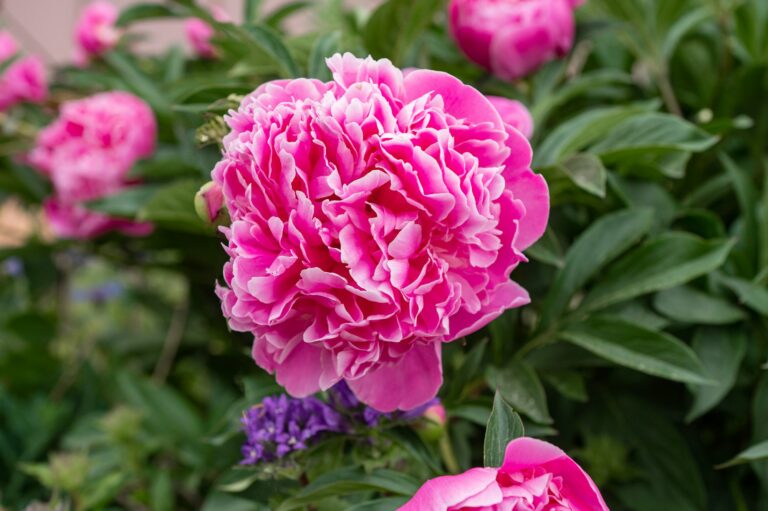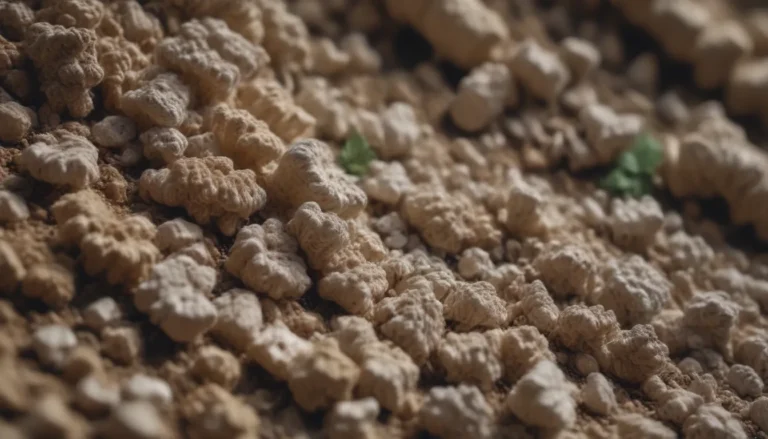Comprehensive Guide on Growing and Caring for Japanese Holly

Are you looking to add a touch of elegance to your garden with a beautiful evergreen shrub? Look no further than Japanese holly, also known as Ilex crenata. This stunning plant features a dense branching pattern and glossy dark green leaves that make it a popular choice for hedges, borders, and topiaries. In late spring, Japanese holly flaunts small, white flowers that attract bees and other pollinators, eventually giving way to black fruits. However, it’s essential to note that Japanese holly is toxic to humans, dogs, and cats and considered invasive in some regions.
In this comprehensive guide, we will delve into everything you need to know about growing and caring for Japanese holly. From planting and watering to pruning and propagation, we’ve got you covered with valuable tips and information to help you cultivate a thriving Japanese holly in your garden.
Planting Japanese Holly
When it comes to planting Japanese holly, choosing the right location is crucial for its growth and well-being. Here are some key factors to consider:
- Soil: Japanese holly can thrive in various soil types, but it prefers loose, loamy soil with good drainage and a slightly acidic pH.
- Light: This shrub grows best in full sun to partial shade, depending on the climate. Provide some shade in warmer regions to protect it from harsh afternoon sun.
- Water: Japanese holly enjoys moderate soil moisture, especially during its establishment phase. Avoid overwatering to prevent root rot.
- Temperature and Humidity: Japanese holly thrives in temperate climates and prefers average humidity levels. Protect it from extreme temperatures and harsh winds.
Japanese Holly Care Tips
To ensure your Japanese holly thrives and flourishes, follow these care tips:
- Pruning: While Japanese holly doesn’t require extensive pruning, you can trim it as needed to maintain its shape. Perform major pruning in early spring before new growth begins.
- Fertilizing: Apply a slow-release fertilizer in spring to promote healthy growth. Mixing compost into the soil can also benefit the plant.
- Mulching: Add a layer of mulch around the shrub to retain moisture and keep the roots cool.
- Overwintering: Protect Japanese hollies from winter cold by applying mulch over the roots. Container-grown shrubs need insulation to prevent root damage.
Types of Japanese Holly
Japanese holly comes in various varieties, each with its unique characteristics and appeal. Some popular types include:
- Ilex crenata ‘Dwarf Pagoda’
- Ilex crenata ‘Golden Gem’
- Ilex crenata ‘Convexa’
- Ilex crenata ‘Helleri’
- Ilex crenata ‘Lemon Gem’
- Ilex crenata ‘Sky Pencil’
Pruning and Maintenance
Proper pruning is essential for shaping and maintaining Japanese holly. Follow these tips for effective pruning:
- Timing: Light pruning can be done throughout the growing season, while major pruning should be performed in early spring.
- Shaping: Trim the shrub lightly multiple times during the growing season to shape it gradually. Avoid severe pruning all at once.
- Rejuvenation: For an old shrub that needs rejuvenation, cut it back in late winter to encourage new growth.
Propagating Japanese Holly
You can propagate Japanese holly through hardwood cuttings during the dormant season. Follow these steps for successful propagation:
- Select healthy stems for cuttings
- Prepare the cuttings and plant them in well-draining soil
- Provide proper care and monitoring as the cuttings root and grow
Common Pests and Diseases
Keep an eye out for common pests and diseases that can affect Japanese holly:
- Pests: Holly leaf miner, scale, whiteflies, and spider mites can infest the plant. Treat them with neem oil, a natural insecticide.
- Diseases: Watch for root rot during wet seasons and stem canker, a fungal disease. Fungicides can help manage stem canker.
Blooming and Common Issues
Japanese holly produces small white flowers in spring, followed by fruits over the summer. If your plant isn’t blooming, be patient as it may take a few years to flower for the first time. Address common issues like yellowing leaves by providing proper fertilizer and ensuring the soil pH is ideal for absorption.
In summary, Japanese holly is a versatile and beautiful shrub that can enhance the aesthetic appeal of your garden. By following the tips and guidelines outlined in this comprehensive guide, you can successfully grow and care for Japanese holly in your outdoor space. Whether you’re a seasoned gardener or a novice enthusiast, Japanese holly is a rewarding plant to cultivate and enjoy for years to come!





